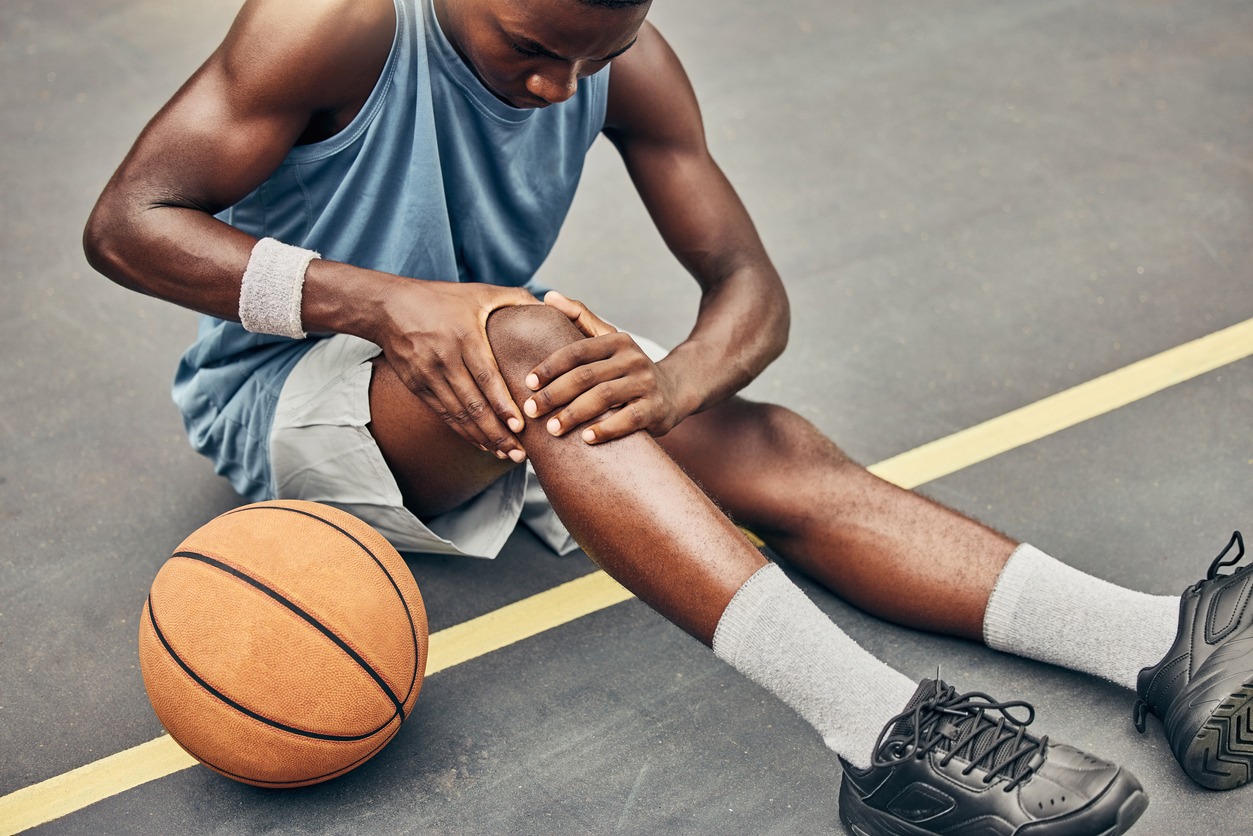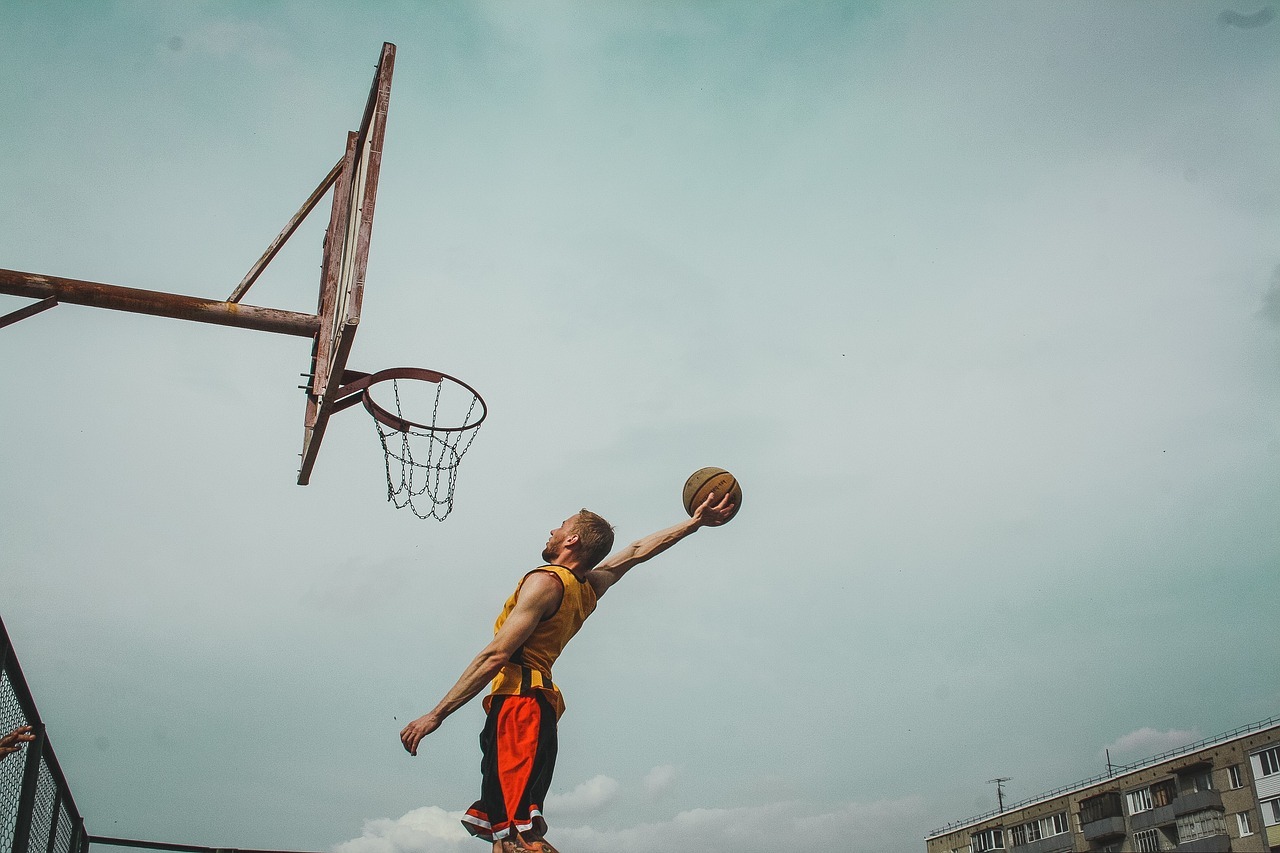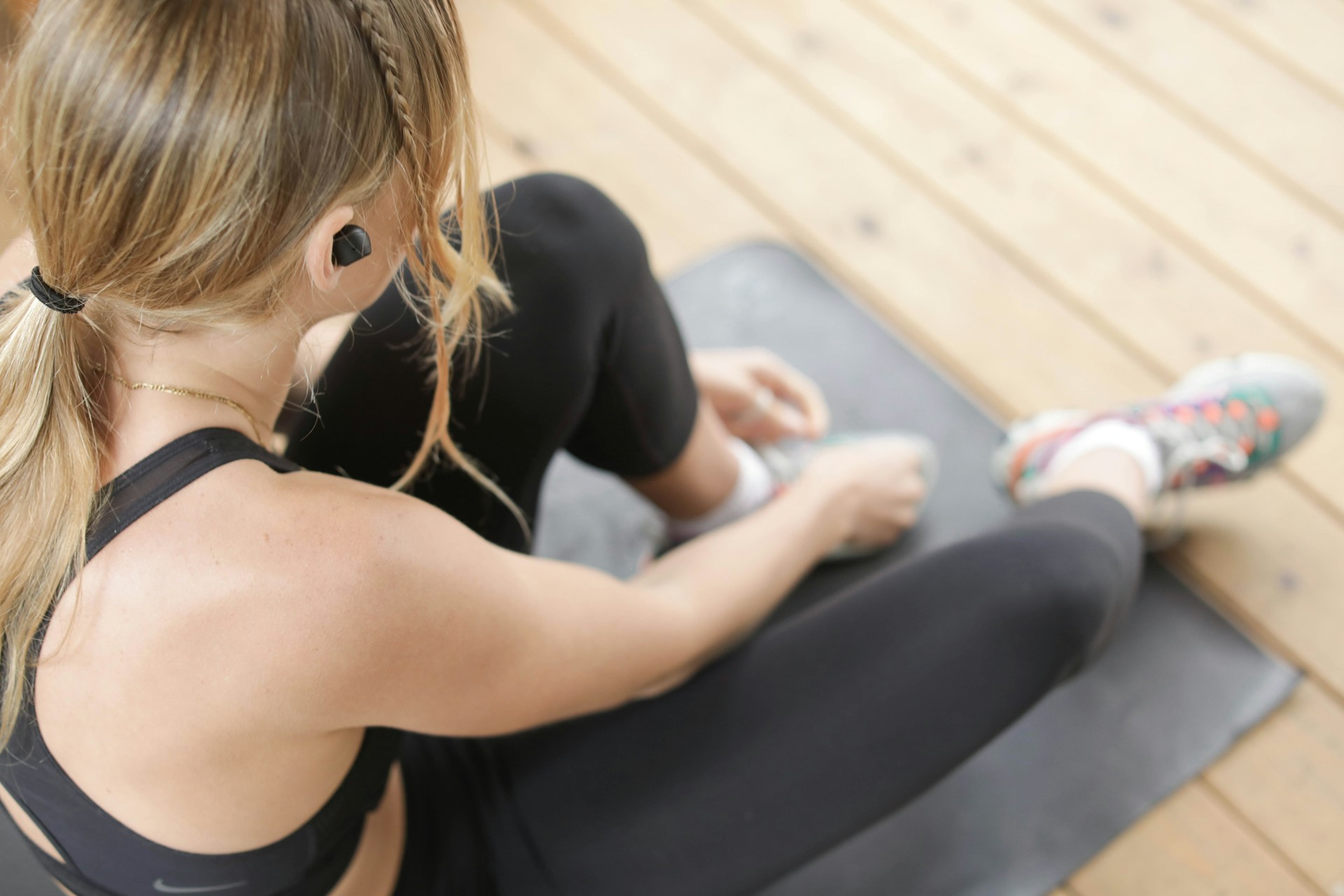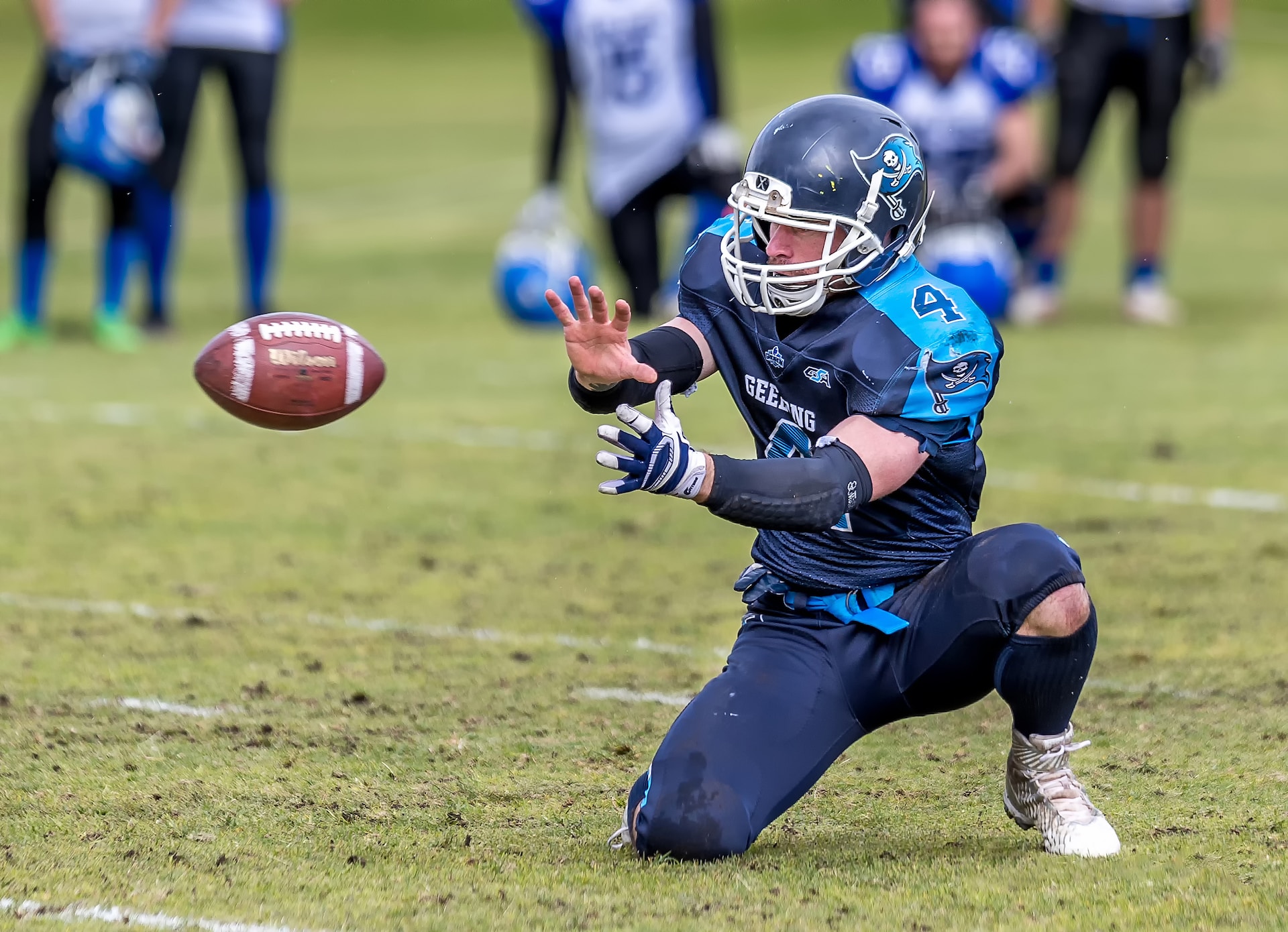What Types of Injuries are Most Common to Occur in Basketball?

Basketball is arguably one of the most physical and grueling sports in the world, so it is not surprising that a lot of professional basketball players suffer from plenty of injuries throughout their careers. Even amateur or casual players will suffer from injuries if they are not careful or if they are playing too hard on the court. While there are many kinds of injuries that athletes can get from playing sports, there are a few that are considered to be more common than the others for basketball. To know more, here are the types of injuries that are most common to occur in basketball.
Ankle Sprain
Many basketball players would say that an ankle sprain is the most common type of injury in basketball, as the ankles are susceptible to turning, rolling, and twisting due to the quick lateral movements involved in the sport. An ankle sprain is an injury wherein the ligaments inside the ankles are overextended or torn partially, causing pain, bruising, and swelling. There are three specific types of ankle sprain that basketball players can suffer from, and these are:
- Lateral ankle sprain – an ankle sprain that occurs when the ankle internally rotates and causes your foot to roll laterally. This occurs when your right foot rolls or turns to the left or when your left foot twists to the right.
- Medial ankle sprain- this ankle sprain is the exact opposite of the lateral ankle sprain, as this occurs when an ankle rolls outwards instead of inwards.
- High ankle sprain – this type of ankle sprain occurs when the large ligaments that are above the ankle are the ones that are affected by the sprain. This happens when there is a forceful twisting of the foot outwards.
Fortunately, treating an ankle sprain is relatively easy, as all you often have to do is to give your affected ankle some rest while icing it with a cold compress from time to time every day. However, there are ankle sprains that are more severe than the others, and for those severe sprains, compression sleeves and braces may be needed to allow the affected ankle to heal better. [1]
Jammed Fingers
Another common type of injury that basketball players can experience is a jammed finger, which often affects different parts of the fingers, like the bones, joints, and ligaments. A jammed finger is usually a colloquial term for various kinds of injuries that cause the fingers to have a limited range of motion while also suffering from pain and swelling.
A jammed finger is caused by applying excessive force or weight on a finger. In basketball, the weight of the ball can sometimes be too much for one or two fingers to handle. So, whenever a player grabs a rebound or tries to block a shot, there is a chance that the ball can overbend or overextend a finger when it isn’t supported by the palms or the other fingers. Basketball players tend to have a jammed finger when one of their fingers bends too much outwards.
Jammed fingers can be a sprain, a bone fracture, or joint dislocation. So, if you are experiencing a jammed finger, you may need to consult a doctor first to assess what type of injury you have suffered from. Luckily, much like ankle sprains, jammed fingers are very easy to treat, as you just need to apply a cold compress on the affected area and rest your fingers for days or weeks before you start playing basketball again. You may also want to wear compression gloves to provide the affected fingers with a much better healing process.
Calf Muscle Strain
The calves, which are the biggest parts of the lower legs, are often prone to get injured in basketball, where players would have to put a lot of weight and pressure on the lower legs when jumping and moving in different directions. When the calves are overworked, there is a chance that you will experience a lot of pain and swelling in the muscles of your calves. Besides swelling and pain, the calf muscles can also feel tender to the touch and may often appear as bruises after a few hours or days. [2]
Calf muscle strain is fairly easy to treat, although the recovery time may take much longer than ankle sprains and jammed fingers, depending on how severe the strain is. To reduce the swelling and bruising of the calf muscles, you can apply a cold compress or an ice pack on the affected areas for 20 to 30 minutes every two hours each day. In addition, you may also need to rest the affected calf muscles for several days and avoid doing strenuous activities.
Deep Thigh Bruising
Deep thigh bruising occurs in the quadriceps, which are the big muscles that cover the bone and other internal organs at the front of your thigh. This kind of injury usually happens when there is a blow to the thigh that is caused by falling to a hard surface or being hit by a heavy object. In basketball, deep thigh bruising happens as a result of a bad fall after jumping or by constantly being hit by another player to the thigh. When you have deep thigh bruising, the upper legs will have a limited range of motion due to pain, swelling, and bruising.
The recovery time for deep thigh bruising is quite short, as it would only take a few days before it can fully heal up. You can just rest your legs for three to four days without doing activities that put a lot of weight and pressure on your thighs, but if you want a faster healing time, you should apply a cold compress on your thighs for about a few hours every day.
ACL Tear
Different kinds of knee injuries can occur for basketball players, but one of the most common is the tearing of the anterior cruciate ligament or ACL. This type of injury occurs when there is too much force applied to the ligaments of the knees, and of the ligaments that are more susceptible to breaking or tearing is the anterior cruciate ligament, which is found at the center of the knees.
The tear can be partial or severe, but both types of ACL tears can debilitate a person since the ligament is responsible for providing a proper connection between the shinbone and the thigh bone. For basketball players, an ACL tear is caused by changing direction rapidly on the court, jumping for a rebound or dunk and landing awkwardly (thus putting too much weight on one of your knees), or a direct collision or contact to the knee from another player or the floor.
Letting the ACL heal on its own is not possible, as the ligament cannot heal by itself since it doesn’t have a blood supply, and blood is needed to allow muscles, bones, and other parts of the body to heal. Partial and complete ACL tears may require surgery, wherein the torn ACL will be replaced with a graft, a tendon that is taken from another part of your body, commonly your patellar tendon (located below the kneecap) or hamstring tendon (located near the pelvis). After the surgery, a rehabilitation program will be conducted for four to six weeks so that the strength and flexibility of the knees will return to normal.
Achilles Tendon Tear
One of the worst types of injuries that can happen to a basketball player is the Achilles tendon tear. The Achilles tendon is found at the back of the ankle, and when it tears or ruptures, you will have a very difficult time walking on the affected foot or leg, as the Achilles tendon is responsible for providing support for the feet while also making sure that there is a secure connection between the heel of the foot and the ankle.
Achilles tendon tears have similar causes to ACL tears, as they can occur after a sharp movement on the court or when you apply too much weight on one foot by landing awkwardly after jumping for a rebound or dunk. When your Achilles tendon tears, you will hear a snapping sound that indicates that the tendon has snapped or torn completely at or near the center.
Much like ACL tears, the only way to treat Achilles tendon tears is to get surgery. For the Achilles tendon, a surgeon will stitch together the tendon from the ends where it is torn, and then it will be wrapped with a tendon that is retrieved from a different body part (like the patellar tendon and the hamstring tendon). The wrapping ensures that the connection between the ends of the tendon is strong and secure.
Once the torn Achilles tendon is repaired, a rehabilitation program would be conducted for four to eight weeks to recover the strength and mobility of the affected ankle and feet. Unfortunately, a lot of basketball players that suffer from an Achilles tendon tear tend not to play the same as before out of fear that they may tear an Achilles tendon again. So, these basketball players tend to play safer and slower to avoid getting injured again, and a slower and tamer movement can lead to a player’s ineffectiveness on the basketball court.
These are just some of the most common types of injuries that basketball players can get while playing on a basketball court. You can decrease the risks of injuries in basketball by simply stretching regularly and eating a healthy meal every day. However, there would sometimes be freak accidents that can happen on the court and cause injuries. Always be careful when playing basketball and other sports, and try not to overwork yourself and your body to have better chances of avoiding injuries.
References
[1] Cullen, M. (2022, December 2). Common Basketball Injuries. Mass General Brigham – Wentworth-Douglass Hospital. Retrieved April 13, 2023, from https://www.wdhospital.org/wdh/services-and-specialties/orthopedic-care/blog/common-basketball-injuries
[2] Physiopedia. (n.d.). Calf Strain. Physiopedia. Retrieved April 13, 2023, from https://www.physio-pedia.com/Calf_Strain




